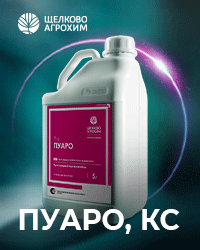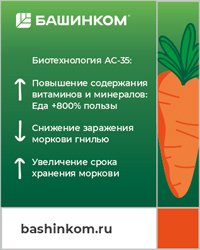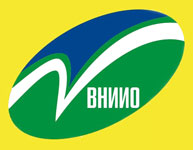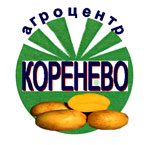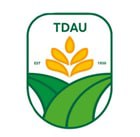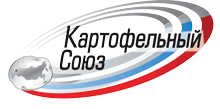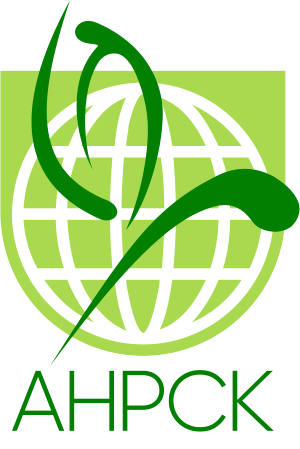UDC 635.64:631.526.32
https://doi.org/10.25630/PAV.2025.12.12.002
Akhmedova P.M.
Dagestan annually harvests more than 1 million tons of outdoor vegetables. In 2023, up to 1.5 million tons of vegetables were harvested in the region. Cabbage accounts for more than 50% of Dagestan's vegetable production, tomatoes account for more than 26%, and cucumbers, carrots, onions, garlic, table beets and other crops are grown here in significant quantities. The purpose of the research is to evaluate the effectiveness of using a domestic biological product (Relict R) on domestic tomato varieties when they are grown in the open ground. The research was conducted in 2022-2024 in the open ground in the Tersko-Sulak sub-province of the Babayurt district. A comparative assessment of the effectiveness of the use of biologics Humate+7 and Relict R on tomato plants of the Voskhod variety bred at VNIISSOK is given. The highest plant height was noted in variants with top dressing of Relict R. The difference compared to the control after the first top dressing was 3.3 cm, after the second – 5.3 cm, after the third – 6.7 cm, after the fourth – 4.6 cm, after the fifth – 7.3 cm. In the course of our research, tomatoes fed with biologics Humate+7 and Relict P exceeded the control in yield in g/m2 and fruit weight. The highest yield was observed with top dressing with Relict P (exceeding the control by 300 g/m2) and Humate +7 (by 200 g/m2) at each tomato harvest. Biochemical analysis of tomato fruits showed a dry matter content from 6.4% (Humate +7) to 6.9% (Relict P). In the control variant, the dry matter content was 5.9%.
Key words: tomato, open ground, humates, biometrics, yield, dry matter, quality
Ahmedova P.M., Cand. Sci. (Agr.), leading research fellow of fruit and vegetable department, ORCID 0000-0003-4617-4359, AuthorID 763038. E-mail: apm64@mail.ru Federal Agrarian Scientific Center of Republic of Dagestan
- Medvedev G.A. Modern problems in agronomy: textbook for universities. St. Petersburg. Lan. 2022. 280 p. (In Russ.).
- Batyrov V.A., Garyanova E.D., Kiseleva G.N. Selection of tomato varieties for mechanized harvesting in the conditions of the Caspian lowland. Bulletin of KrasGAU. 2020. No7 (160). Pp. 26-30. DOI: 10.36718/1819-4036-2020-7-26-30 (In Russ.).
- Tyutyuma N.V. The effect of plant growth stimulants on the crop structure and productivity of tomatoes in the Astrakhan region. Izvestia of the Lower Volga Agro-University Complex. Science and Higher Professional Education. 2016. No1 (41). Pp. 101–108 (In Russ.).
- Tosunov Ya.K. The influence of growth regulators on tomato yield and fruit quality. KubGAU Agroecology of the North-West Caucasus. Problems and prospects, LLC «Elbrus». 2004. Pp. 128–133 (In Russ.).
- Akhmedova P.M. The influence of biological products on economically valuable indicators in the production of tomatoes of domestic breeding in the open ground of the Republic of Dagestan. Vegetables of Russia. 2024. No1. Pp. 5–10. https://doi.org/10.18619/2072 - 9146-2024-1-5-10 (In Russ.).
- Soromotina T.V. The effect of humic preparations on the biometric parameters of tomato plants when grown in spring film greenhouses. Perm Agrarian Bulletin. 2021. No.4 (36) Pp. 85–91. DOI: 10.47737/2307-2873_2021_36_85 EDN: RMTIEY (In Russ.).
- Methodological guidelines for the breeding of tomato varieties and hybrids for open and protected ground. Moscow. VNIISSOK, 1986. 64 p. (In Russ.).
- Litvinov S.S. Methodology of field experiment in vegetable growing. Moscow. All-Russian Scientific Research Institute of Vegetable Growing. 2011. 648 p. (In Russ.).
PDF(Rus)
For citing: Akhmedova P.M. Humate-based biologics in the technology of tomato growing in the open ground of the republic of Dagestan. Potato and vegetables. 2025. No2. Pp. 30-34. https://doi.org/10.25630/PAV.2025.12.12.002 (In Russ.).


